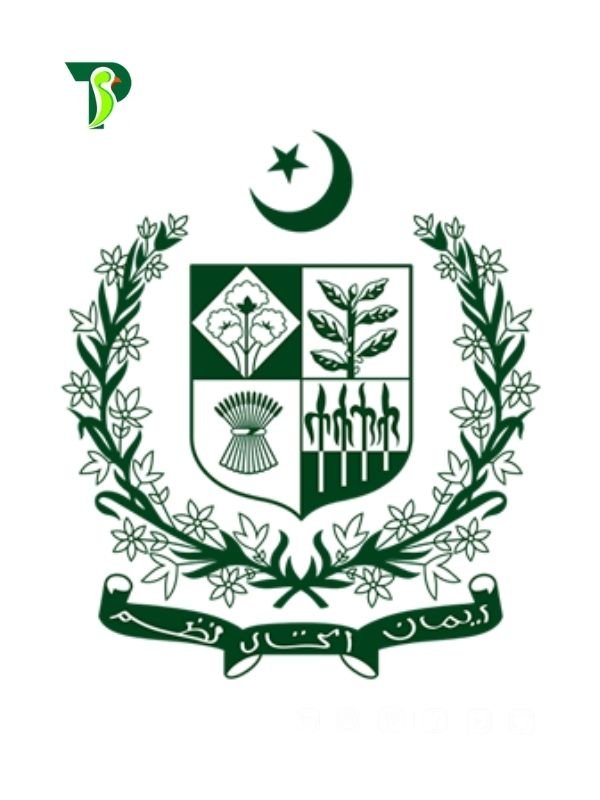National Symbols of Pakistan with Pictures: Complete Visual Guide
Agree: Most lists of Pakistan’s symbols feel incomplete—or worse, lack visuals and verified facts. You want everything clear, correct, and easy to skim.
Promise: This one-stop, picture-led guide explains each symbol’s history, meaning, and proper usage—supported by credible sources and accessible alt text.
Preview: You’ll see the flag and state emblem first, then wildlife, flora, geography, culture, and a master checklist—so you can learn fast and use these symbols correctly.
Table of Contents
Pakistan’s Identity at a Glance: National Symbols of Pakistan with Pictures
Pakistan’s national symbols reflect faith, unity, and cultural diversity—from the green-and-white flag and star-and-crescent, to the Markhor, Jasmine, Urdu, and the stirring national anthem. Below is a quick starter list (full details follow):
- Flag: Green field with white vertical stripe; white star and crescent.
- State Emblem: Shield with four crops, Islamic scroll, wreath, and star-and-crescent.
- National Animal: Markhor (Capra falconeri).
- National Bird: Chukar partridge (Alectoris chukar).
- National Flower: Jasmine (Jasminum).
- Language: Urdu (national), with many regional languages.
- Anthem: “Qaumī Tarāna”—poetry set to a dignified, orchestral score.
Star & Crescent Widely recognized Islamic motifs appearing on the flag and emblem. Green & White Green traditionally symbolizes the Muslim majority; white represents minorities and peace. Protocol Official guidance for respectful display and usage of the flag and emblem in public, schools, and media.
Primary Emblems: Flag & State Emblem — National Symbols of Pakistan with Pictures
Pakistan National Flag: History, Meaning, and Proportions — National Symbols of Pakistan with Pictures
Adopted on 11 August 1947 and commonly attributed to Amiruddin Kidwai, the national flag features a deep green field, a white vertical stripe at the hoist, and a white crescent and five-pointed star. The green evokes the Muslim majority; the white stripe honors religious minorities. The crescent signals progress; the star signifies light and knowledge.
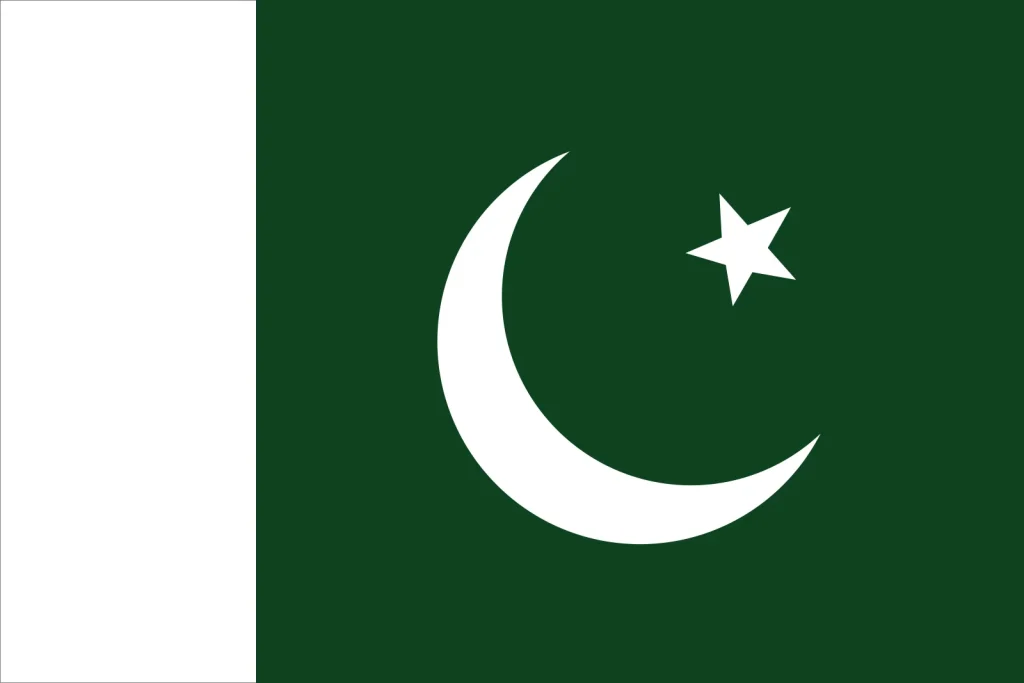

- Key details: Proportions typically 2:3; precise geometry governs the crescent and star placement.
- Usage tips: Keep the white stripe at the hoist; never let the flag touch the ground; illuminate at night if flown continuously.
- Accessibility: Use descriptive
alttext (e.g., “Pakistan national flag with green field and white star and crescent”). - Further reading: Consult official portals and protocol summaries for dos and don’ts.
State Emblem of Pakistan: Four Crops, Shield, and Scroll — National Symbols of Pakistan with Pictures
The state emblem—adopted in 1954—centers a shield quartered by four key crops (often cited as cotton, wheat, jute, and tea). It’s framed by a floral wreath, topped by the star and crescent, and underscored by a scroll bearing a national motto. Together, these elements symbolize agricultural foundations, Islamic heritage, and national aspirations.
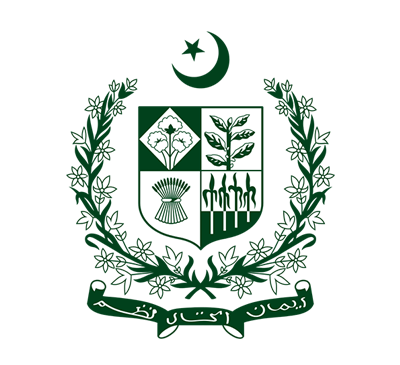

- Symbolism: The crops represent agrarian strength; the Islamic scroll and star-and-crescent reflect national faith and identity.
- Usage: Restricted to official contexts. Avoid unauthorized commercial use or alterations.
- Attribution & clarity: When displaying online, credit official sources and include a concise caption.
Quick protocol checklist:
- Display the flag higher than all other flags on the same mast configuration.
- Use high-contrast, undistorted images; avoid color shifts or overlays that obscure symbols.
- Provide captions and alt text for accessibility, especially in educational materials.
Founders & Monuments — National Symbols of Pakistan with Pictures
Quaid-e-Azam Muhammad Ali Jinnah: Father of the Nation — National Symbols of Pakistan with Pictures
Muhammad Ali Jinnah, fondly called Quaid-e-Azam, is the founding father of Pakistan. His vision, leadership, and tireless struggle culminated in the independence of Pakistan on 14 August 1947. Jinnah symbolizes unity, discipline, and faith—values embedded into the country’s motto.
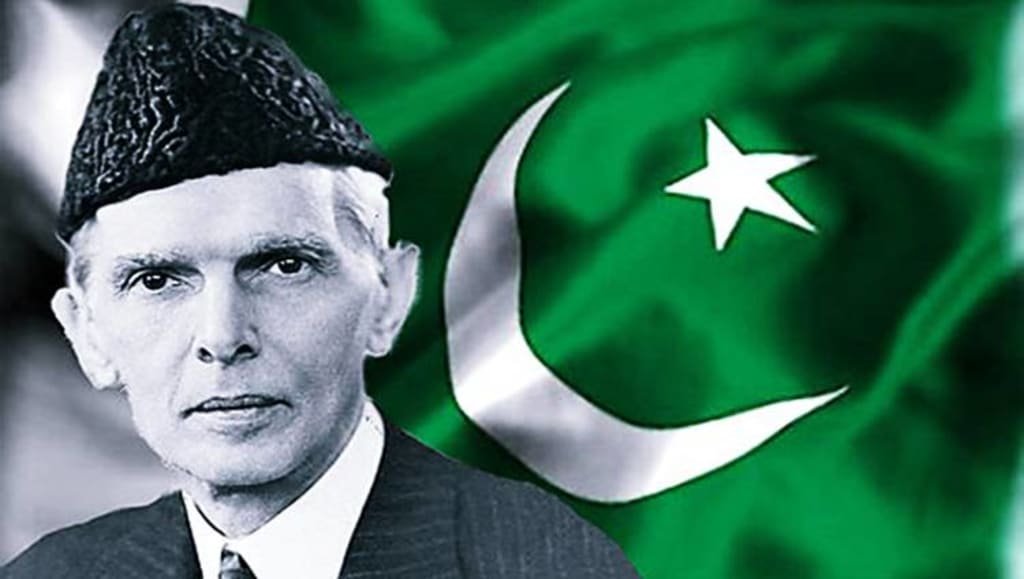

Allama Iqbal: National Poet and Intellectual Legacy — National Symbols of Pakistan with Pictures
Allama Muhammad Iqbal is revered as the National Poet of Pakistan. His poetry, filled with themes of self-realization and independence, inspired Muslims of the subcontinent to envision a separate homeland. His famous Allahabad Address in 1930 laid the foundation of the Pakistan Movement.
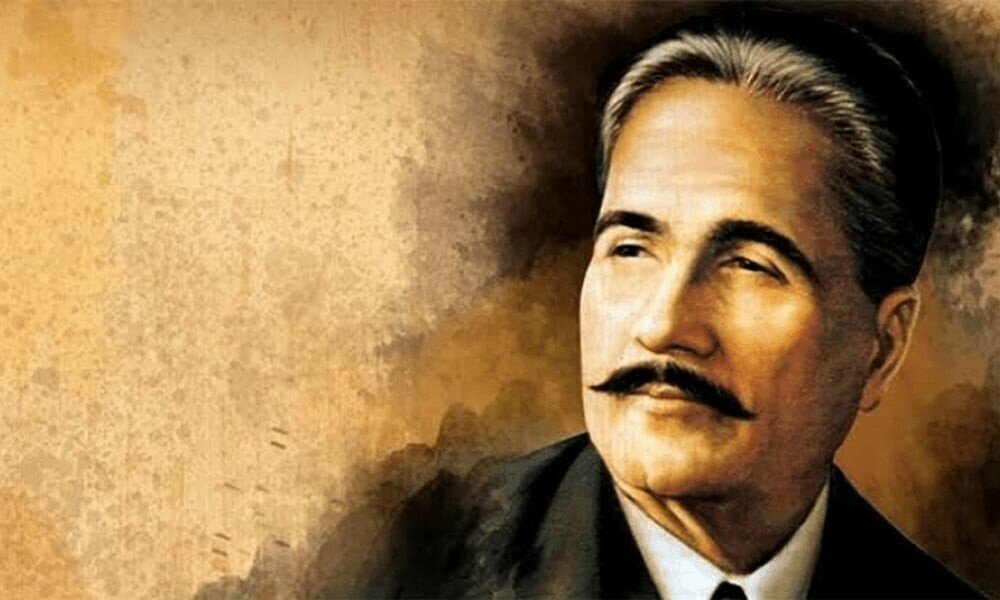

Minar-e-Pakistan: The Independence Landmark — National Symbols of Pakistan with Pictures
Located in Lahore, the Minar-e-Pakistan is a monument that commemorates the Lahore Resolution of 1940. The Resolution marked the formal political demand for a separate Muslim state, later becoming Pakistan. The tower’s design reflects a blend of Mughal, Islamic, and modern architecture.
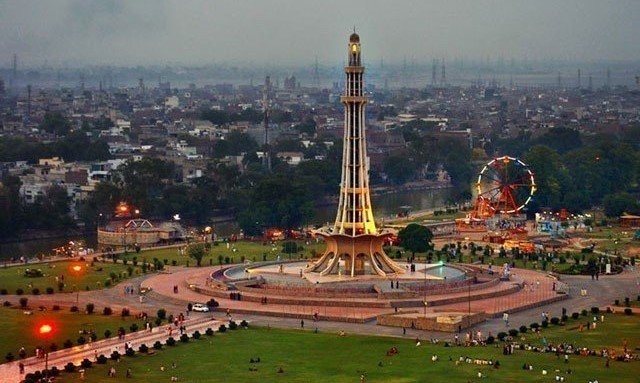

National Wildlife — National Symbols of Pakistan with Pictures
Markhor (National Animal): Habitat, Conservation Status, and Significance — National Symbols of Pakistan with Pictures
The Markhor (Capra falconeri) is Pakistan’s national animal. Known for its majestic spiral horns, it inhabits mountainous regions of Gilgit-Baltistan, Khyber Pakhtunkhwa, and Balochistan. Once endangered, conservation programs have stabilized its population—an inspiring success story recognized by the IUCN.
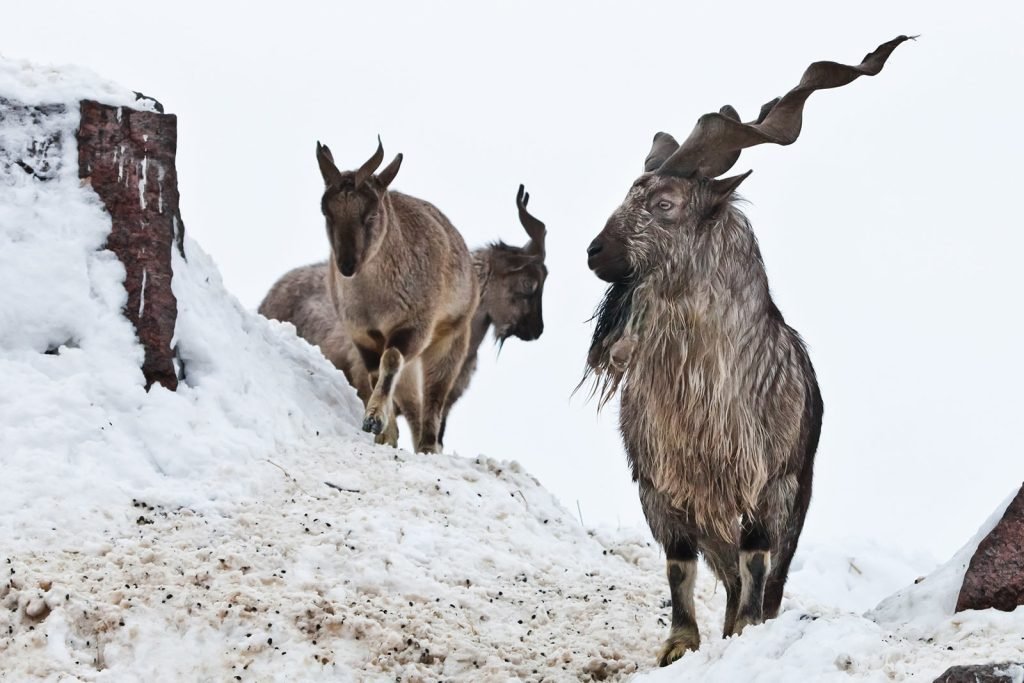

- Status: Near Threatened (IUCN Red List)
- Habitat: Mountainous forests and cliffs
- Cultural meaning: Markhor represents bravery and national pride.
Chukar Partridge (National Bird): Distribution and Cultural Presence — National Symbols of Pakistan with Pictures
The Chukar Partridge (Alectoris chukar) is Pakistan’s national bird. It is admired for its distinctive red beak, striking plumage, and symbolic association with love in local folklore. The bird thrives in arid and rocky areas across Pakistan.
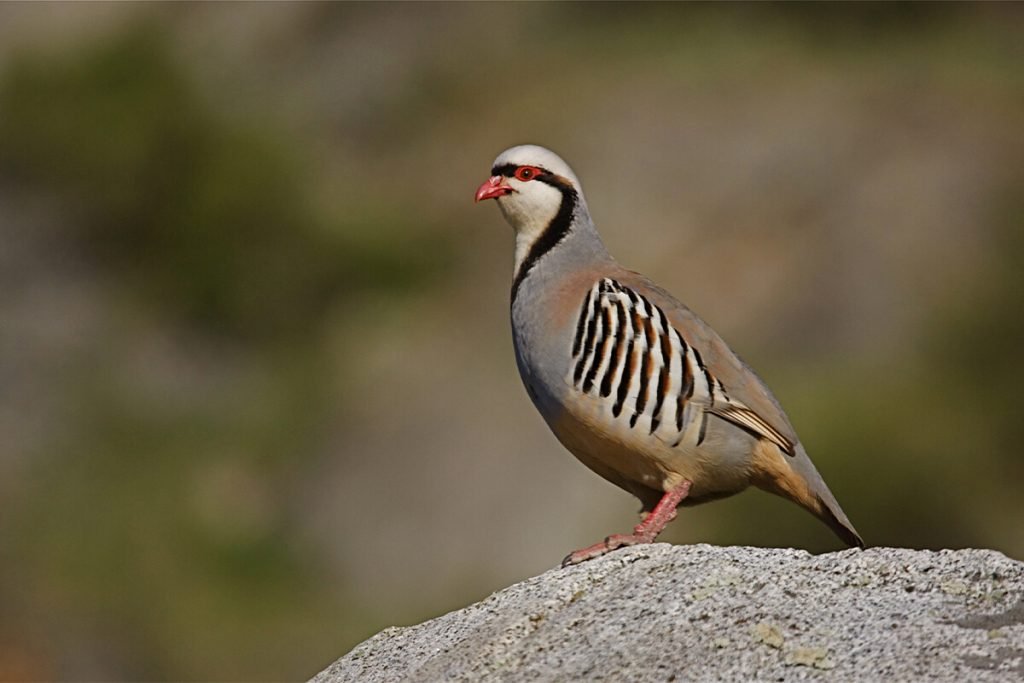

Other Fauna Mentions: National Predators and Fish Symbols of Pakistan
While not officially designated, other species hold symbolic significance. The Snow Leopard represents Pakistan’s high-altitude ecosystems, the Indus River Dolphin symbolizes the country’s river systems, and the Mahseer is often cited as a national fish.
Flora & Nature — National Symbols of Pakistan with Pictures
Jasmine (National Flower): Meaning and Seasonal Notes
The Jasmine (Jasminum officinale) is the national flower of Pakistan. Known for its delicate white petals and sweet fragrance, Jasmine symbolizes purity, modesty, and simplicity. It blooms widely in Pakistani gardens and is often used in cultural ceremonies and garlands.
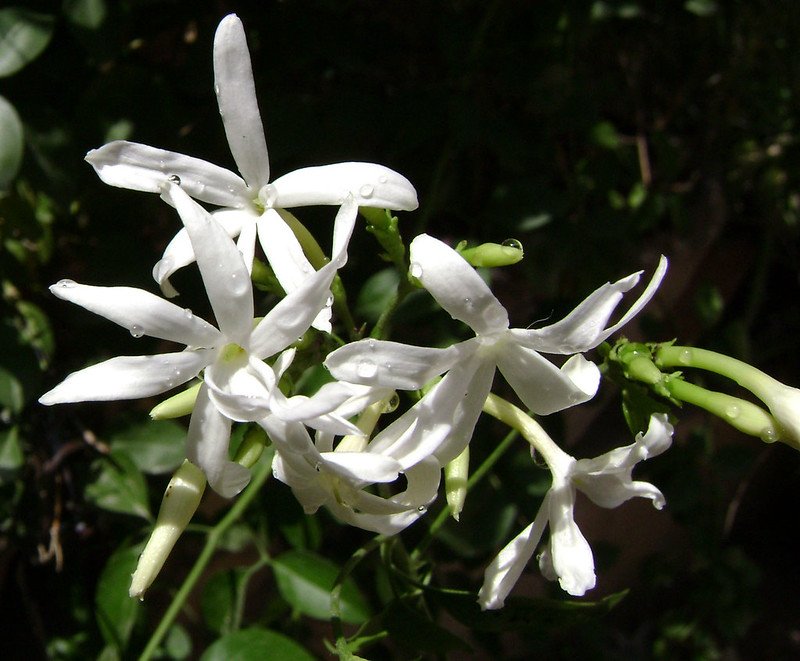

Deodar (National Tree): Range and Heritage Architecture — National Symbols of Pakistan with Pictures
The Deodar Cedar (Cedrus deodara) is the national tree of Pakistan. Native to the Himalayan and Hindu Kush ranges, it is revered for its strength and longevity. Its wood has been historically used in temples and traditional architecture, symbolizing durability and sacredness.
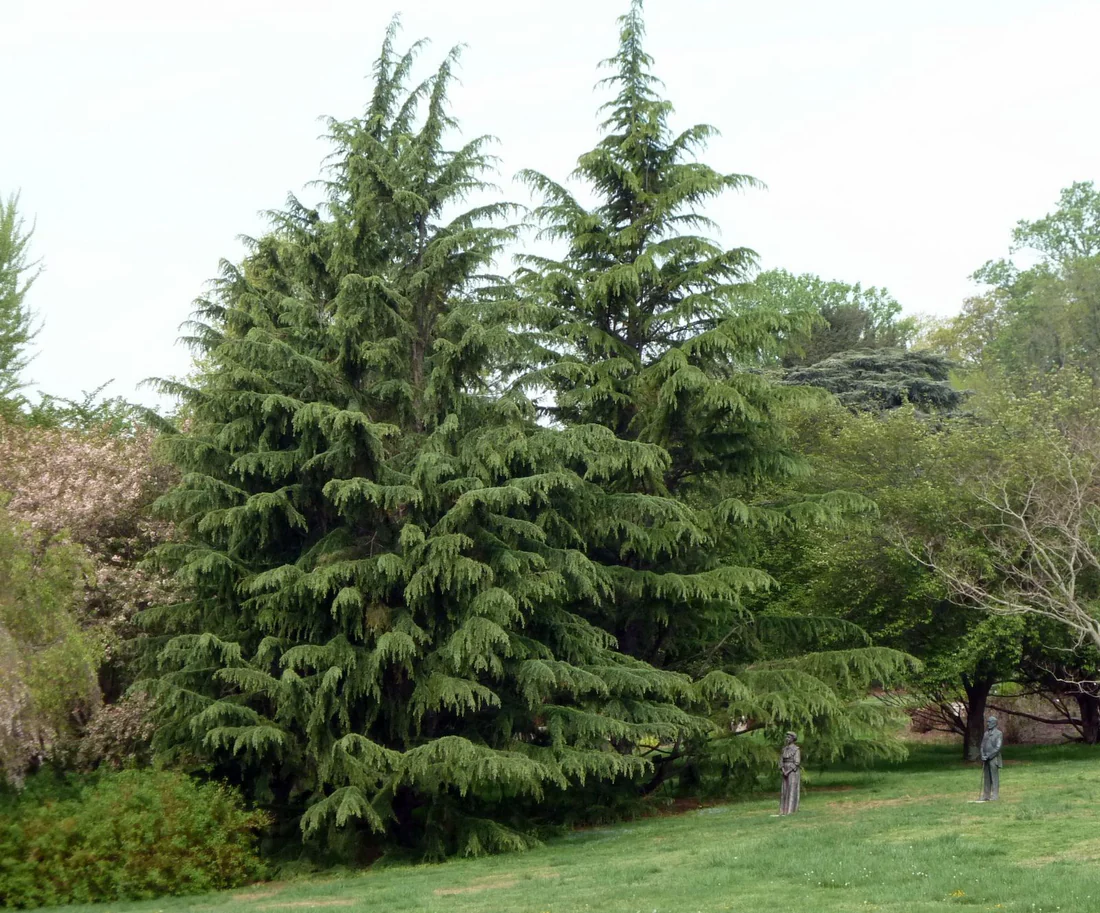

K2 & the Indus: Mountain and River as Natural Icons — National Symbols of Pakistan with Pictures
K2 (8,611 m), the world’s second-highest mountain, is recognized as Pakistan’s national mountain. It symbolizes the country’s rugged natural beauty and spirit of adventure. Alongside K2, the Indus River—Pakistan’s lifeline—serves as the national river, nurturing civilizations for millennia and remaining vital to the country’s agriculture and economy.


Indus River flowing through green valley, Pakistan national river
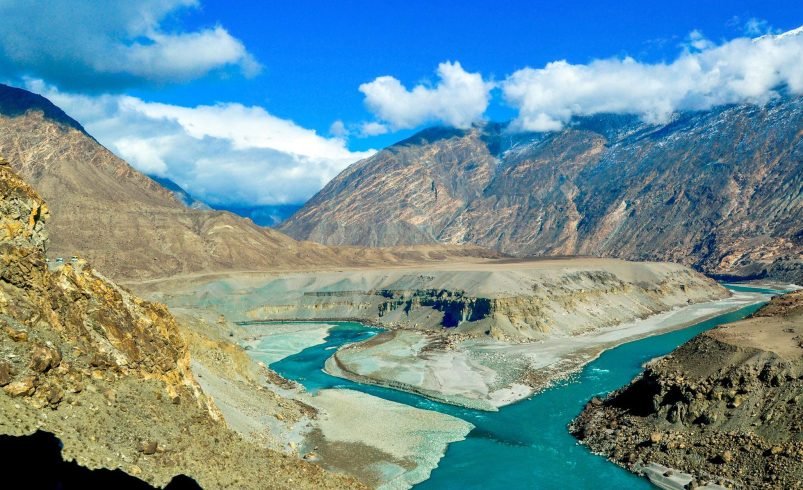

Faisal Mosque: National Mosque and Modern Islamic Architecture — National Symbols of Pakistan with Pictures
Located in Islamabad, the Faisal Mosque is Pakistan’s national mosque. Completed in 1986, it blends modern design with Islamic architecture and accommodates up to 74,000 worshippers. Its tent-like structure and scenic backdrop of the Margalla Hills make it an enduring national icon.
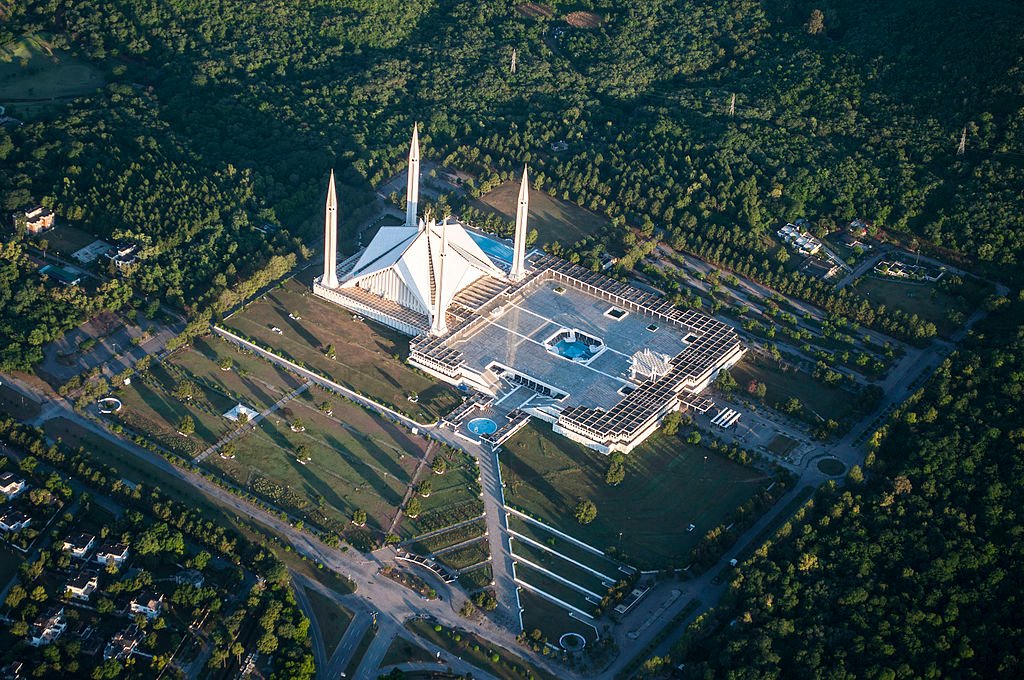

Master List: All Official & Widely Recognized National Symbols of Pakistan with Pictures
Official Government List & Protocols — National Symbols of Pakistan with Pictures
| Symbol | Status | Adoption Year | Notes |
|---|---|---|---|
| National Flag | Official | 1947 | Designed by Amiruddin Kidwai |
| State Emblem | Official | 1954 | Featuring four crops & scroll |
| National Animal | Official | N/A | Markhor (Capra falconeri) |
| National Bird | Official | N/A | Chukar Partridge |
| National Flower | Official | N/A | Jasmine |
| National Tree | Official | N/A | Deodar Cedar |
| National Language | Official | 1948 | Urdu |
| National Anthem | Official | 1954 | Lyrics by Hafeez Jalandhari |
| National Mosque | Official | 1986 | Faisal Mosque |
| National Mountain | Recognized | N/A | K2 |
| National River | Recognized | N/A | Indus |
Regional vs. National: What’s Official, What’s Cultural — National Symbols of Pakistan with Pictures
While the official list is relatively short, Pakistan also embraces cultural markers like Shalwar Kameez (dress), Hockey (sport), and even the PIA (Pakistan International Airlines) as symbolic. Provincial identities—such as Sindhi Ajrak or Balochi embroidery—add further richness but remain cultural rather than national.
Timeline & Adoption Dates — National Symbols of Pakistan with Pictures
National symbols were not all chosen at once. Each emerged at pivotal moments in Pakistan’s history, reflecting evolving identity and aspirations. Here’s a quick timeline:
- 1940: Lahore Resolution sets the ideological foundation.
- 1947: National Flag officially adopted on 11 August, days before independence.
- 1948: Urdu declared the national language.
- 1954: State Emblem adopted; National Anthem formally approved.
- 1986: Faisal Mosque inaugurated as a modern national mosque.
- 1990s–2000s: Conservation movements highlight the Markhor and Indus River Dolphin as vital wildlife symbols.
How to Use the Symbols Correctly (Schools, Media, Brands) — National Symbols of Pakistan with Pictures
Flag & Emblem Usage, Accessibility Alt Text, and Attributions — National Symbols of Pakistan with Pictures
Respectful use of national symbols ensures they retain their dignity and meaning. Here are some guidelines:
- Flag Protocol: Always hoist the flag higher than others; illuminate if flown at night.
- Emblem Protocol: Restricted to state use; avoid commercial misuse or distortion.
- Accessibility: Use clear alt text for digital visuals, e.g., “Pakistan national flag with star and crescent on green and white background.”
- Educational Use: Provide captions, attributions, and contextual notes in books and media.
FAQ: National Symbols of Pakistan with Pictures
What are the main national symbols of Pakistan with pictures?
Pakistan’s main symbols include the national flag, state emblem, Markhor (animal), Chukar partridge (bird), Jasmine (flower), Deodar cedar (tree), Urdu (language), Qaumi Tarana (anthem), and the Faisal Mosque. Visuals of each are displayed in this guide.
Who designed the Pakistan national flag (with pictures)?
The national flag was designed by Amiruddin Kidwai, inspired by the All-India Muslim League’s banner. It was adopted on 11 August 1947.
What does the state emblem represent (with pictures)?
The emblem features four crops—cotton, wheat, tea, and jute—symbolizing agriculture, while the star and crescent reflect Islamic heritage. The scroll carries Pakistan’s motto: “Faith, Unity, Discipline.”
Why is the Markhor the national animal (with pictures)?
The Markhor, with its spiral horns, was chosen for its strength and resilience in Pakistan’s rugged mountains. It also reflects bravery and pride in local folklore.
What are Pakistan’s national colors and their meaning (with pictures)?
Green represents the Muslim majority, while white stands for minorities and peace. Together, they embody harmony, progress, and faith.
Conclusion: Pakistan’s Identity, Preserved — National Symbols of Pakistan with Pictures
From the green and white flag to the towering K2 and the soulful Qaumi Tarana, Pakistan’s national symbols are more than emblems—they are touchstones of history, culture, and unity. Each symbol tells a story: of resilience in the Markhor, purity in the Jasmine, and vision in the works of Jinnah and Iqbal. Together, they form a living heritage that connects generations of Pakistanis at home and abroad.
About the Author
Author: ZunNurain Khalid — Travel & Tourism Specialist, Founder of ExploreX Pvt. Ltd., and advocate for sustainable tourism in Pakistan. With over a decade of experience in digital marketing and destination branding, ZunNurain has worked extensively on promoting Pakistan’s natural and cultural heritage.

